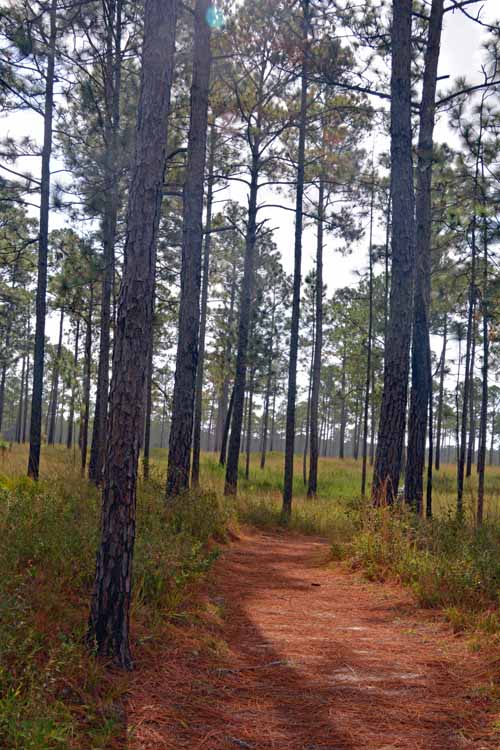
Whereas most sandhill cranes are a migratory bird, Mississippi sandhill cranes live year-round in various areas of Mississippi. They do not migrate.
The Mississippi Sandhill Crane National Wildlife Refuge is part of a larger complex of wildlife refuges known as the Gulf Coast Refuge Complex. It was established in 1975 to protect the endangered Mississippi sandhill crane as well as the endangered habitat itself. That is the wet pine savanna.
Wet pine savanna is a prairie-like flat open field of clay soil and sand, waterlogged and very acidic. It is kept in check by controlled fires that stimulate the growth of native grasses and flowers as well as keeping non-wanted trees and shrubs out. Certain types of pine trees are scattered throughout the savanna (rather than forest-like) to allow in needed light.
Visiting the MSC NWR was interesting, even though there are only four resident cranes there in addition to another four that are caged for the purpose of breeding and reintroducing them to their environment. There is a combined population of Mississippi sandhill cranes of close to 200 living in the various refuges. Once found in flocks, their number has been reduced mostly by urban development..
It's not just the sandhill cranes that are of importance to the NWR in Gautier. It is an area of the last remaining wet pine savanna that at one time was one of the largest ecosystems in North America. It spread from Virginia to Florida to west Texas. Today its size is a quarter of that, mostly in the southeastern-most areas of Mississippi.

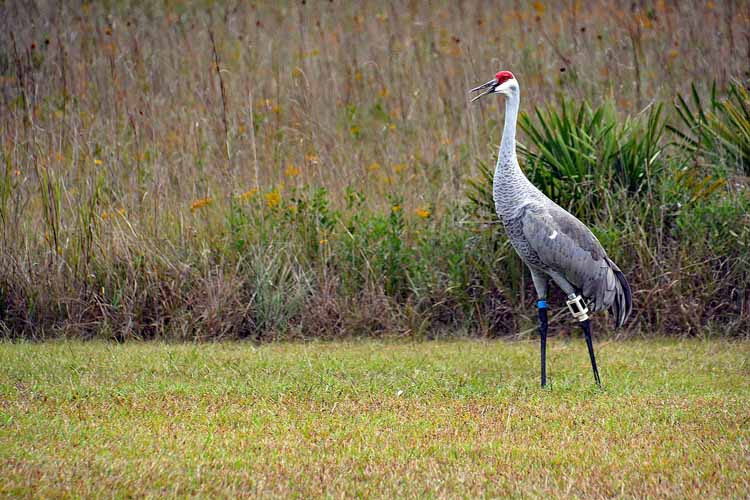
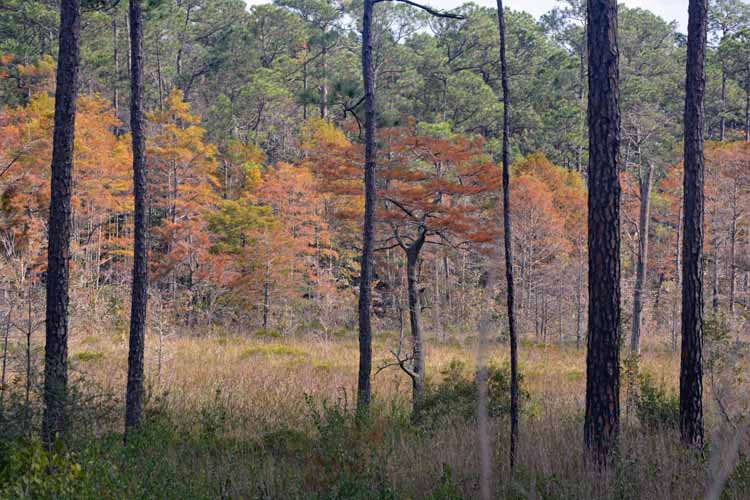
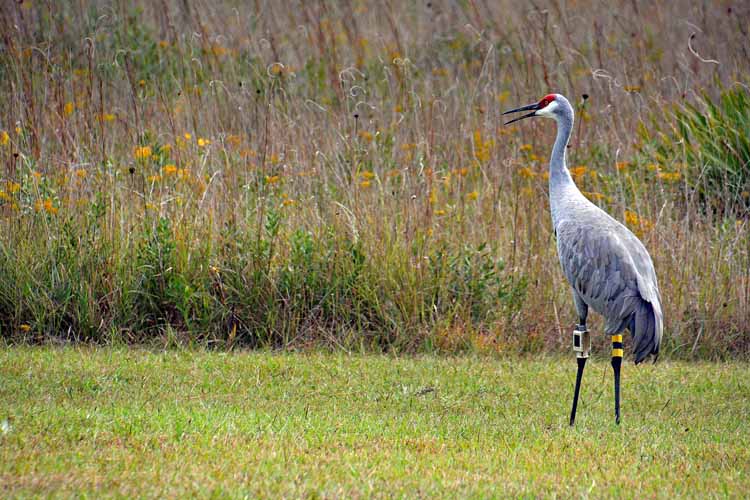
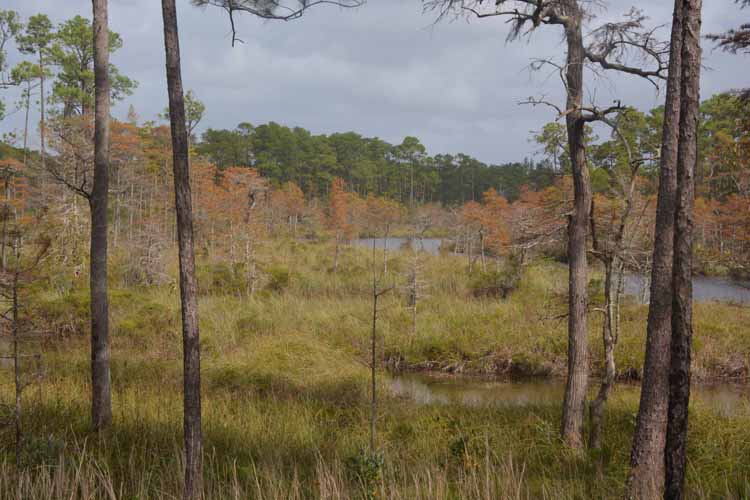
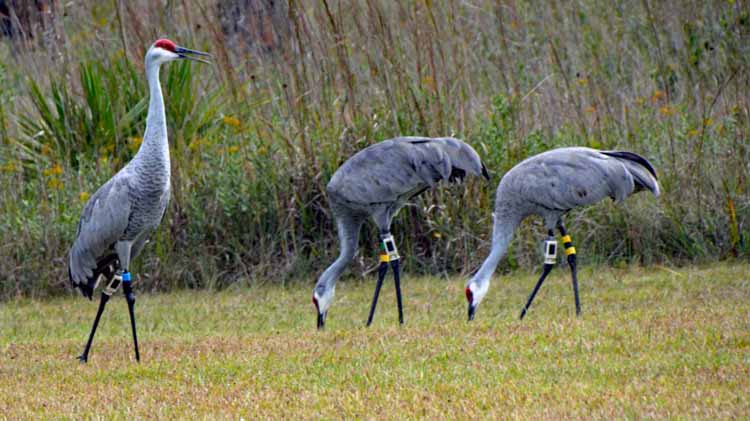
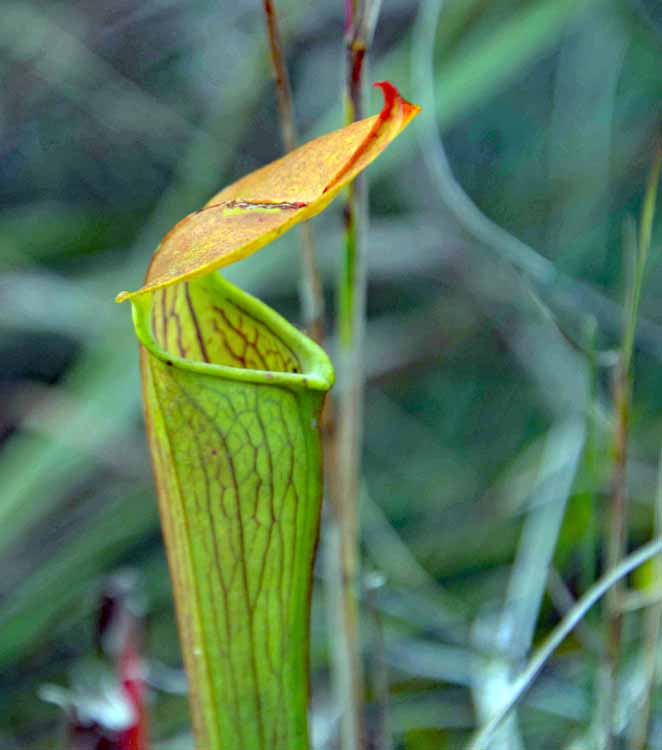
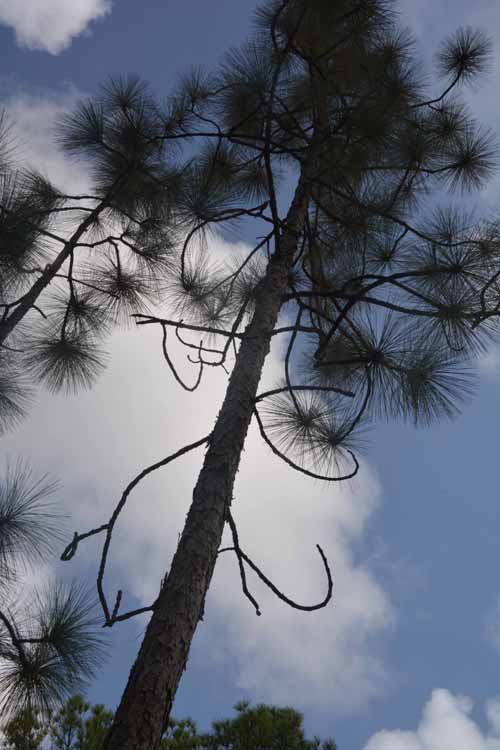
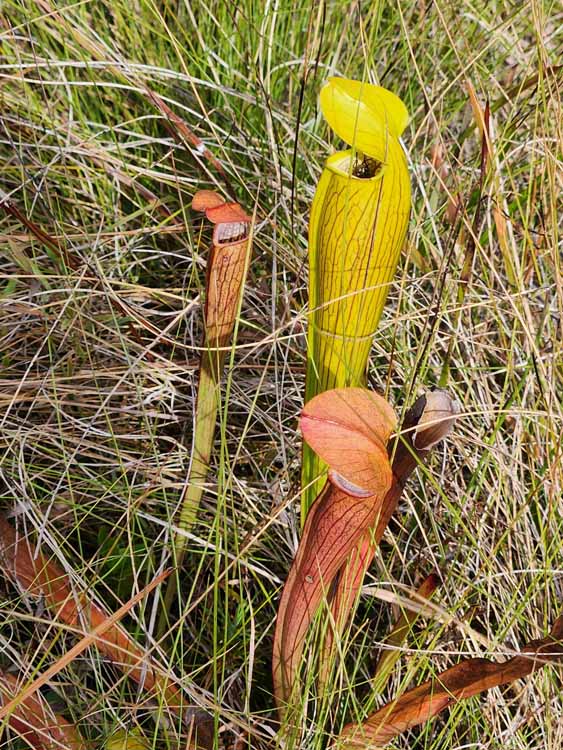
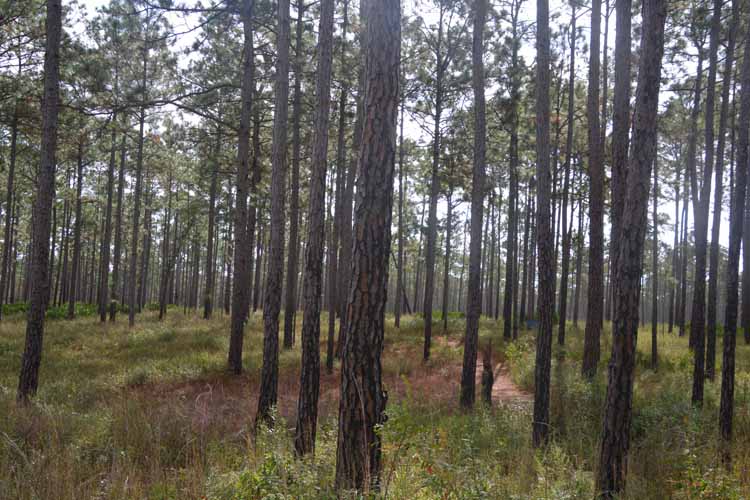
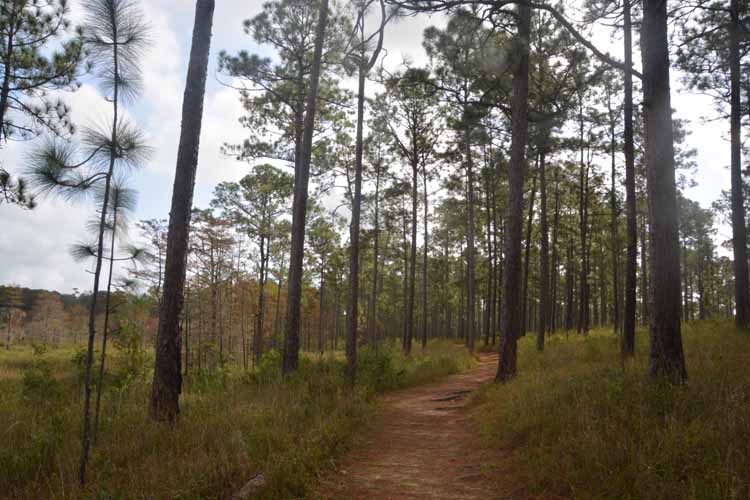
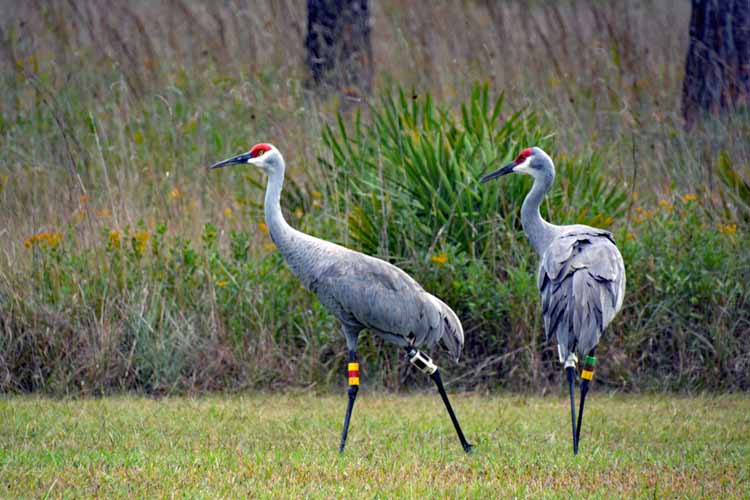
Thank you for visiting these photo pages.
If you're interested in seeing more, please return to my Main Menu at the bottom of my home page and make your selection.
All images within thewanderingchick.com Web site are copyright protected. They may not be downloaded or otherwise copied.
Please contact me if you think a particular photo or set of photos can be used in your publication.